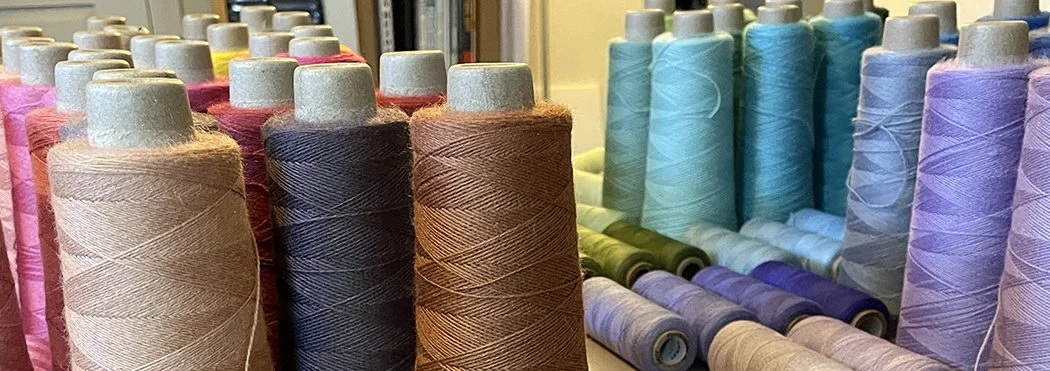I was chatting with an online student this week about what colors she needs to jump into the Warp and Weft course. Choosing colors can feel pretty daunting especially if you haven’t worked with color a lot. And color use in tapestry weaving differs from other art mediums because of the nature of the material (yarn) and the structure of the weaving.
When you’re new to tapestry and faced with so many color choices, how do you pick those first yarns and how many do you need? A commercial yarn line might have 60 colors or it might have 400. Both of those can feel overwhelming.







